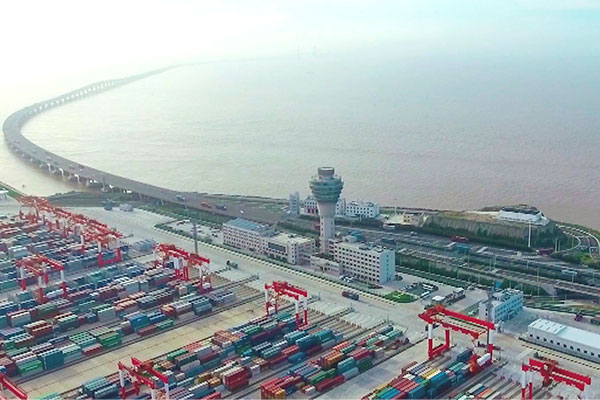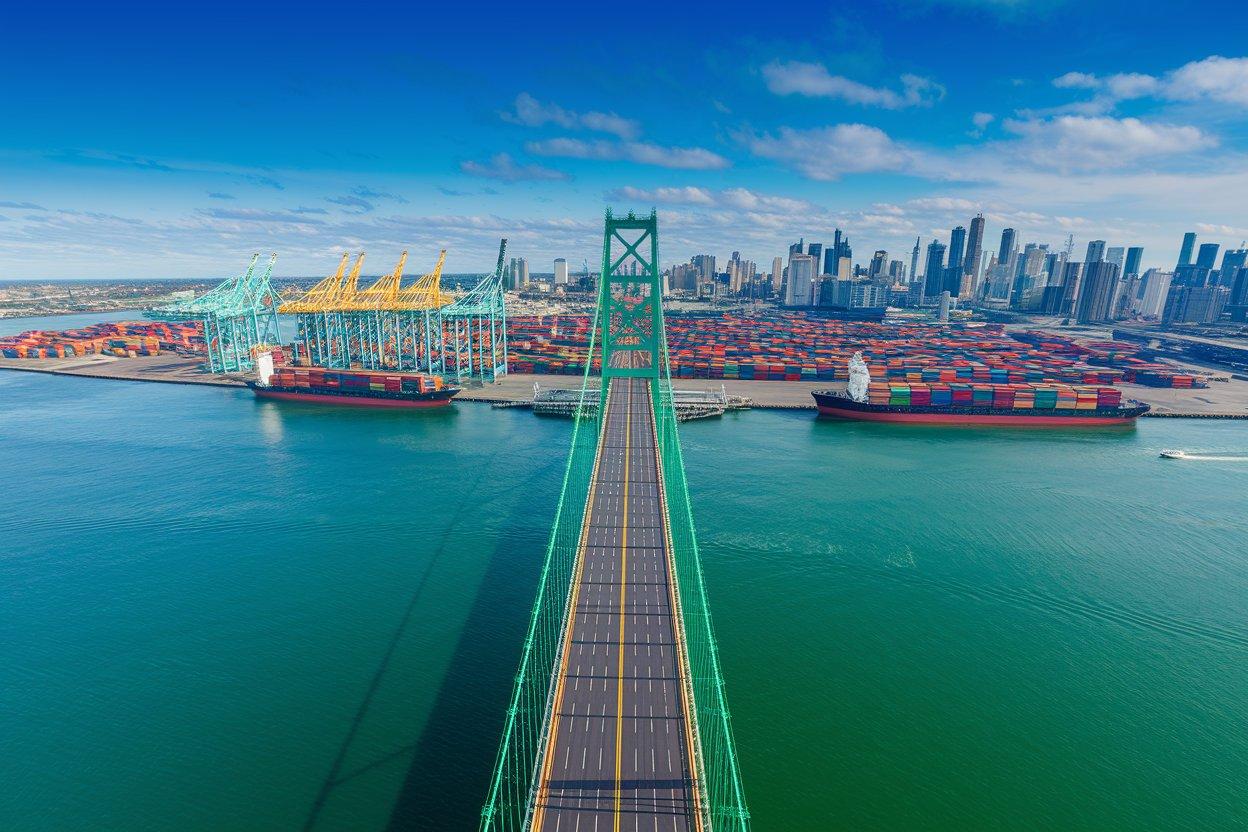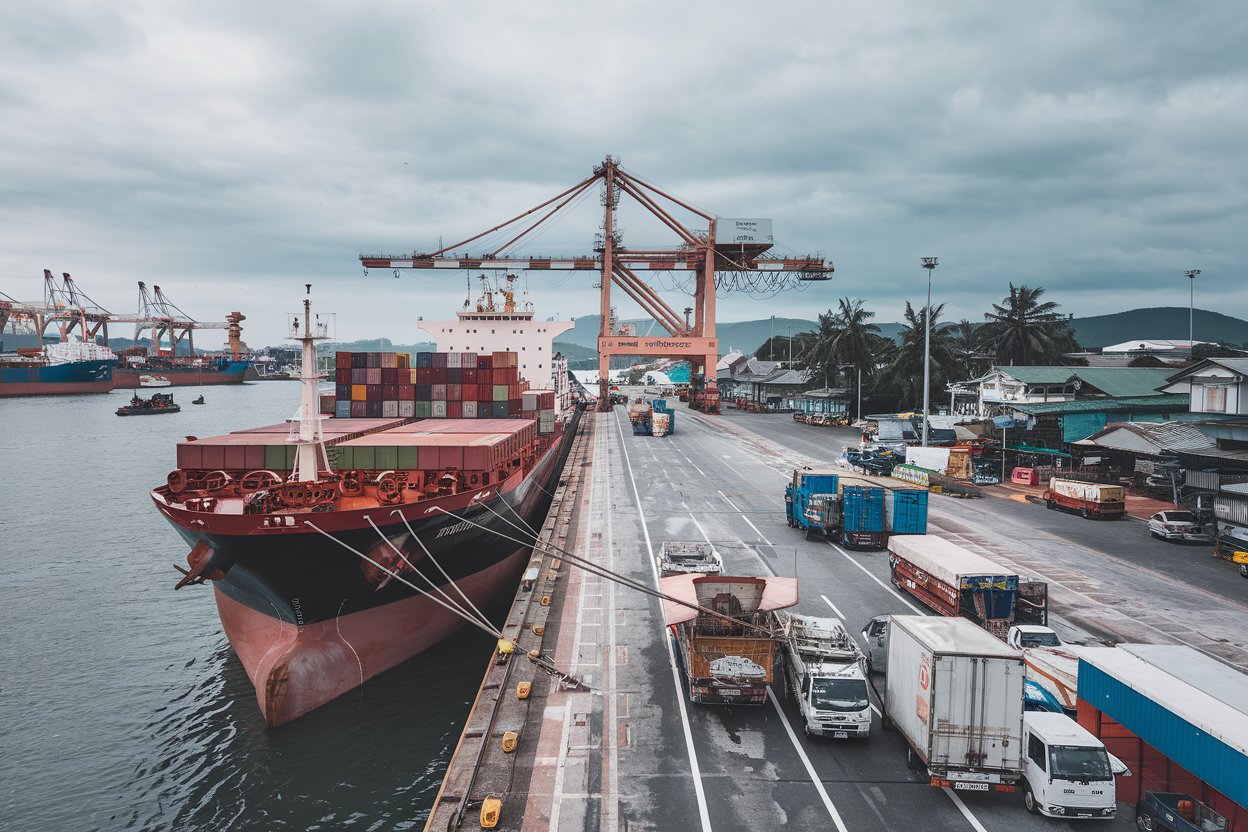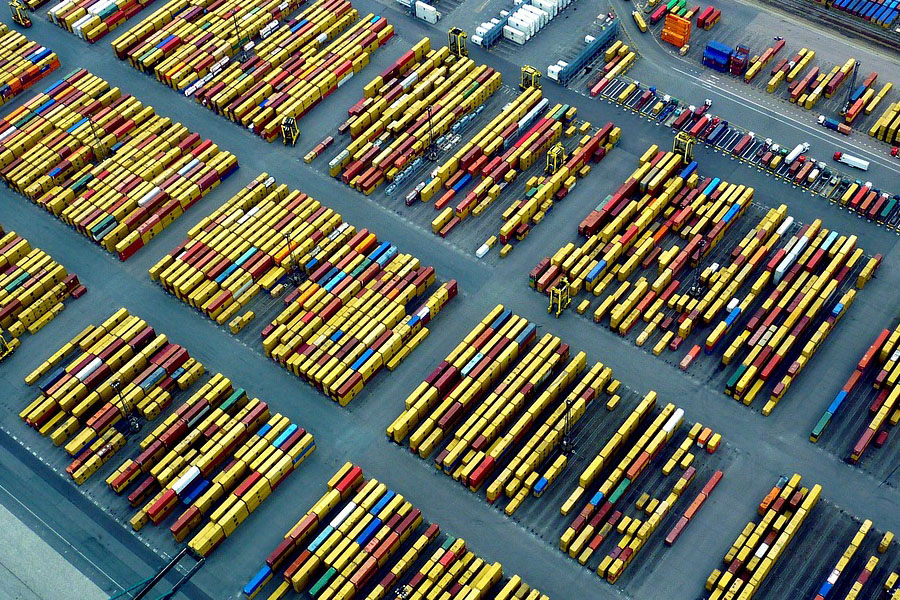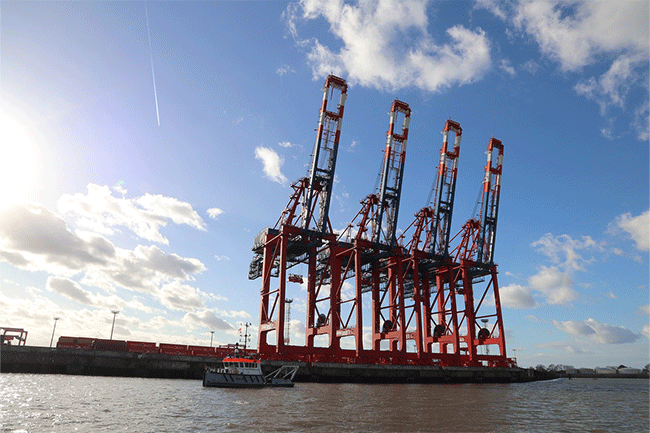- Shanghai ZhongShen International Trade Co., Ltd., with 20 years of experience in foreign trade import and export agency services.

I. Analysis of Japan’s Coffee Import Trade Landscape and Opportunities
In recent years, China’s coffee-consumption market has led the world with an average annual growth rate of 15%. As a key exporter of specialty coffee, Japan leveraged its rigorous JAS (Japanese Agricultural Standard) quality-control system and distinctive roasting techniques to boost its coffee exports to China by 22 % year-on-year in 2023, with trade value surpassing USD 180 million. Since the RCEP agreement took effect, China and Japan have been phasing in zero-tariff treatment for more than 90 % of bilateral goods trade. The import tariff on Japanese coffee beans (HS code 09012100) has fallen from 8 % to 5 % and will be fully eliminated in 2025, creating a significant cost advantage for importers.
However, it should be noted that Japan enforces a stringent “Positive List System” for food exported to China, while China Customs has also tightened label inspections (Chinese labels must be affixed) and random testing of imported food. Non-professional handling can easily lead to customs clearance delays or the risk of return, making the importance of professional agency services increasingly prominent.
II.Import Agent ServicesCore Services: Document Processing and End-to-End Logistics Management
(I) Document Handling: Precision Determines Customs Clearance Efficiency
Japan’s coffee import involves 12 categories of core documents, and the professional agency’s documentation team must complete a “three-stage review”:
- Exporting Country Document Verification: Focus on reviewing the official Japanese "Sanitary Certificate" (confirming no excessive pesticide residues) and the "Certificate of Origin》(FORM E, eligible for RCEP tariff preferences), commercial invoice (must match the contract amount), and packing list (indicating net/gross weight and specifications);
- Domestic Filing Preparation: Complete the “Import Cargo Declaration Form” based on HS code 09012100, and simultaneously prepare the “Entry Cargo Inspection and Quarantine Application Form,” ensuring “consistency between documents and goods, and consistency among all documents.”
- Special Scenario Response: In the event of a customs inspection, supplementary documents such as the “Ingredient Test Report” and “Baking Process Description” must be provided promptly to minimize detention costs. Our documentation team has maintained a zero-rejection record over the past three years, reducing average document-processing time to 24 hours.
(II) Logistics Services: Multimodal Transport and Risk Management
The mainstream transportation method for coffee imports to Japan is?Ocean shipping?(accounting for 75%) and?Air freight?(Urgent Order Scenario):
- ?Ocean shipping?: Prioritize direct sailings from Yokohama/Kobe, Japan to Shanghai/Qingdao, China (transit time 5–7 days) and use FCL (full container load) to minimize cargo-damage risk; secure long-term agreements with carriers such as MAERSK and ONE to lock in space and negotiate 10%–15% freight discounts;
- ?Air freight?:For premium small-batch orders (≤2 tons), select ANA (NH) or Air China (CA) cold-chain flights to ensure direct delivery from Tokyo Narita Airport to Beijing/Guangzhou within 48 hours. Coordinate with Customs’ “advance declaration” model to achieve “release upon landing.”
- Post-customs clearance segment:Partner with China’s top-five cold-chain warehousing providers to offer temperature-controlled (18–22 °C) temporary storage and distribution services, supporting DDP (Delivered Duty Paid) or door-to-door delivery. Full-route GPS plus temperature & humidity monitoring safeguards coffee-bean freshness.
3. A Step-by-Step Guide to the Full Process of Japanese Coffee Import Agency
1. Client Consultation & Demand Confirmation
The agency team collects key information through the "Import Requirements Form": coffee type (green beans/roasted beans), annual import volume (determining the mode of transport), target customs clearance port (affecting tariff rates and inspection frequency), and whether it involves re-export to Russia (triggering?Foreign exchange settlement?Special requirements), a reminder that the “Importer of Record Filing for Imported Food” must be completed by the customer (our company can provide the filing guide).
2. Contract Review and Risk Control
Focus on reviewing trade terms (recommend CIF to avoid transport risks), payment methods (T/T 30% deposit + 70% against copy of B/L, or sight L/C to reduce credit risk), and quality clauses (specify quantifiable standards such as “moisture ≤12%” and “defective beans ≤3%”), and assist the client in eliminating unfavorable clauses like “exclusive inspection rights at the destination port.”
3. Booking, loading supervision, and documentation in sync
Bring in a third-party inspection agency (e.g., SGS) during production to verify the goods meet contract specifications; supervise container sealing at loading (take photos for evidence), obtain the electronic B/L simultaneously, and confirm with the exporter whether to use “telex release” or “original courier” to prevent document delays.
4. Customs Declaration and Duty Payment
Utilize the HS Code Intelligent Classification System to ensure accurate classification under 09012100 (coffee, not roasted and not decaffeinated) or 09012200 (coffee, roasted or decaffeinated); complete the “two-step declaration” (summary declaration + full declaration) via the Single Window system. Customs duty is calculated as CIF value × 5% (2024 tariff rate), VAT is 13% (composite taxable price = (CIF value + customs duty) × 13%), and electronic payment (TIPS system) enables “second-level” tax remittance.
5. Inspection Response and Release for Distribution
In the event of a customs inspection (probability roughly 8%–12%), our on-site agency team will assist with unsealing and sampling (typically 500 g sent to the lab), provide documents such as the “Imported Food Qualification Certificate,” and complete the inspection within an average of two working days. After release, delivery is arranged within 24 hours, supporting multi-level distribution from “central warehouse → regional warehouse → store.”
IV. Certification Reminders and Advantages of RUB-Related Settlement
(1) Certification matters that the customer must handle on their own
While Japan does not mandate any special certification for coffee imports, the following documents must be prepared by the customer in advance:
- JAS Certification: Coffee produced domestically in Japan that claims to be “JAS standard compliant” must provide a JAS certification certificate (our company can assist in verifying the certificate’s validity);
- Organic Certification: For imported organic coffee, an Organic Certificate issued by an organic certification body recognized by Japan’s Ministry of Agriculture, Forestry and Fisheries (MAFF) must be provided;
- CIQ requirements in China: Importers must ensure that the goods comply with the National Food Safety Standard—Coffee (GB 30616-2014). Labels must display 11 items of information, including “Country of Origin,” “Production Date,” and “Shelf Life” (our company can provide a label-review template).
(II) VTB’s Advantages in Foreign-Exchange Settlement for Re-export Business to Russia
For Japanese coffee imports trans-shipped via Russia (e.g., bound for Central Asian markets), we have established cooperation with Russia’s VTB Bank—the country’s second-largest commercial bank, supervised by the Central Bank of Russia—supporting dual-currency settlement in both RUB and CNY:
- Reduced exchange rate risk: Adopt "spot settlement + FX lock-in agreement" to lock in exchange-rate fluctuations within 15 days;
- Faster arrival time: Direct connection via the SWIFT system shortens cross-border remittance arrival time to 1–2 business days (industry average: 3–5 days);
- Compliance guarantee: VTB Bank has completed the OFAC (Office of Foreign Assets Control, U.S. Department of the Treasury) compliance review, mitigating the risk of secondary sanctions. In 2023, it assisted clients in completing 37 Russian-related foreign-exchange settlements with zero violations.
V. The Value of Choosing a Professional Agent and Risk Mitigation
Japan coffee imports involve multidimensional challenges across “policy-logistics-finance”; non-professional handling can trigger: tariff make-up payments due to document discrepancies (averaging 5%–8% of cargo value), demurrage from customs delays (RMB 500–1,000 per container per day), and returns caused by quality non-compliance (losses can reach 100% of cargo value). Professional agents leverage three core capabilities—“standardized documentation + logistics resource pool + compliance database”—to cut overall import costs by 8%–12% and shorten customs clearance time by more than 40%.
Conclusion: In a market environment where coffee imports are experiencing simultaneous price and volume increases, choosing an agent with full-chain capabilities in documentation, logistics, and compliance is the key for companies to control costs and mitigate risks.?Zhong Shen?Focusforeign tradeTwo decades as an agent, guided by the principles of “professionalism, efficiency, and transparency,” ensuring every cup of Japanese coffee arrives in the Chinese market safely and freshly.
? 2025. All Rights Reserved.
